Electric surfing has long been a niche pursuit, hampered by clunky designs and compromised performance. LIND, however, has shattered these limitations under the leadership of CEO Anders Dellson. The Swedish company’s groundbreaking Canvas board merges traditional surfboard craftsmanship with cutting-edge technology to create what might be the most sophisticated electric vehicle on water today.

With nearly 1 hp/kg power density and an energy density twice that of a Tesla Model S, the LIND Canvas delivers exceptional performance while maintaining the authentic feel of traditional surfing. This remarkable achievement stems from years of intensive collaboration between surfboard shapers, industrial designers, and electro-mechanical engineers, resulting in a product that looks and handles like a true surfboard while concealing state-of-the-art drivetrain technology.
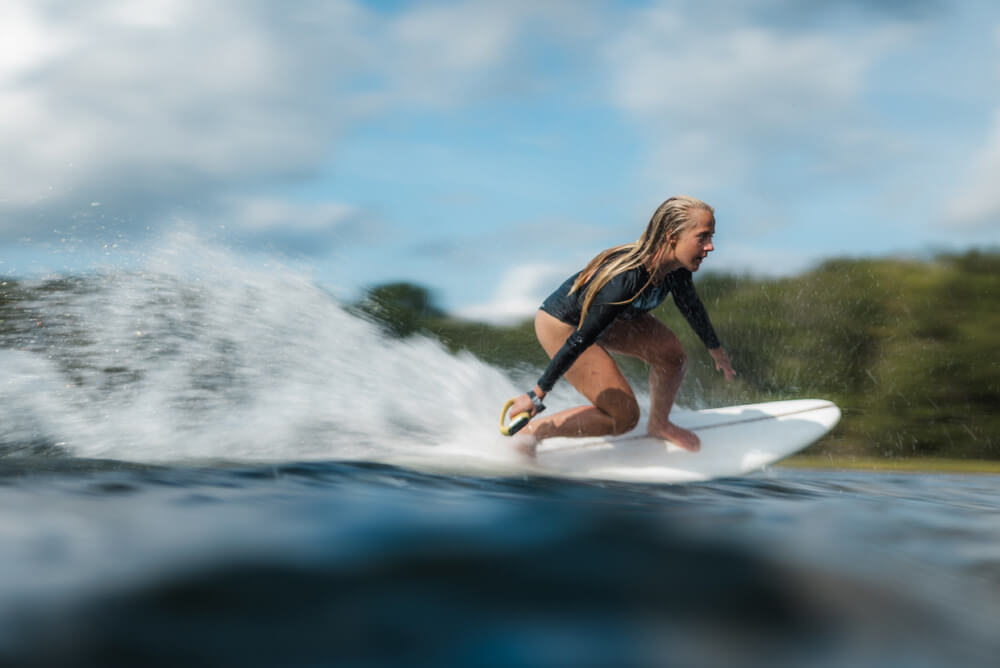
Dellson, whose career spans from consultancy at McKinsey to growing tech company Tretton37 from a $5 million valuation to $30 million, brings a wealth of experience to LIND. His background in engineering, physics, and economics, combined with his leadership in technology-driven ventures, has uniquely positioned him to guide this innovative watersports company.
In this exclusive interview, The Executive Magazine explores how LIND is transforming the watersports landscape, the technological breakthroughs enabling their remarkable power-to-weight ratio, and the leadership principles that drive innovation in this rapidly evolving sector.
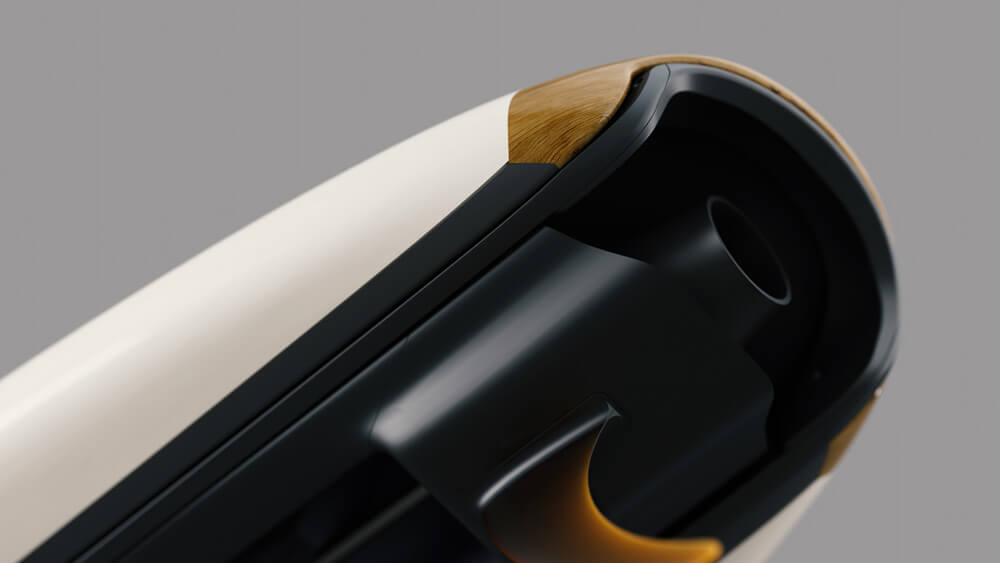
Your career has spanned from consultancy at McKinsey to leadership roles at Mitrionics and Innovation Skäne. What inspired the transition to electric surfboards with LIND, and how have your previous experiences informed this venture?
“Since leaving McKinsey, my focus has been building tech companies from the ground up across Sweden and the United States. When the opportunity to be part of the founding team at LIND came about, it felt like a natural fit. I felt instantly inspired to collaborate with industry leader Alexander Lind and serial entrepreneur Mattias Soderhielm to bring this unique product to life.”
Throughout your career, you’ve worked at the intersection of craftsmanship and technology. How do you approach balancing traditional artisanal values with cutting-edge innovation in product development, and what principles guide this integration?
“LIND is the venture where this balance has been most explicit, as we have placed such importance on craftsmanship and worked tirelessly to develop a high performing product that is as beautiful as it is innovative. The drive train system that we engineered needed to fit into an extremely constrained space, which required years of development to achieve our very clear design objective.”
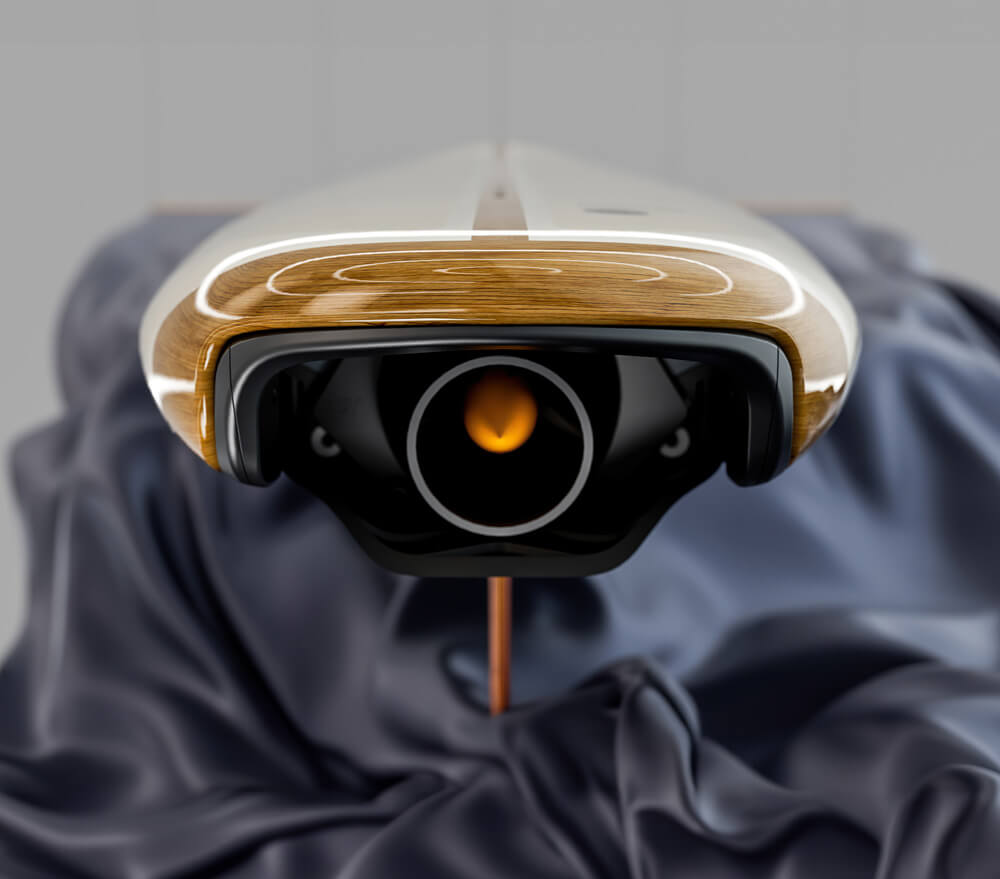
At nearly 1 hp/kg and with an energy density twice that of a Tesla Model S, the LIND boards are remarkably power-dense. What technological breakthroughs were necessary to achieve this level of performance whilst keeping the board lightweight and manageable?
“We had to make several technological breakthroughs to reach our goal, and we have several patents pending. Some key examples include: making sure our parts and connectors are 100% water tight, fitting extreme power and currents (up to 300A) into a very limited envelope, withstanding salt water and corrosion, ensuring reliable and intuitive communication with the throttle remote control, ease of transportation and mounting, and more.”
The watersports industry has seen several attempts at motorised boards, yet LIND seems to approach the market differently. How would you define your competitive advantage beyond the technical specifications?
“In short: we have built a true surfboard. The LIND board is built to look, feel, and handle like a surfboard, which doesn’t currently exist on the market. We take great pride in the overwhelmingly positive feedback received from big name surfers as they have experienced the product.”
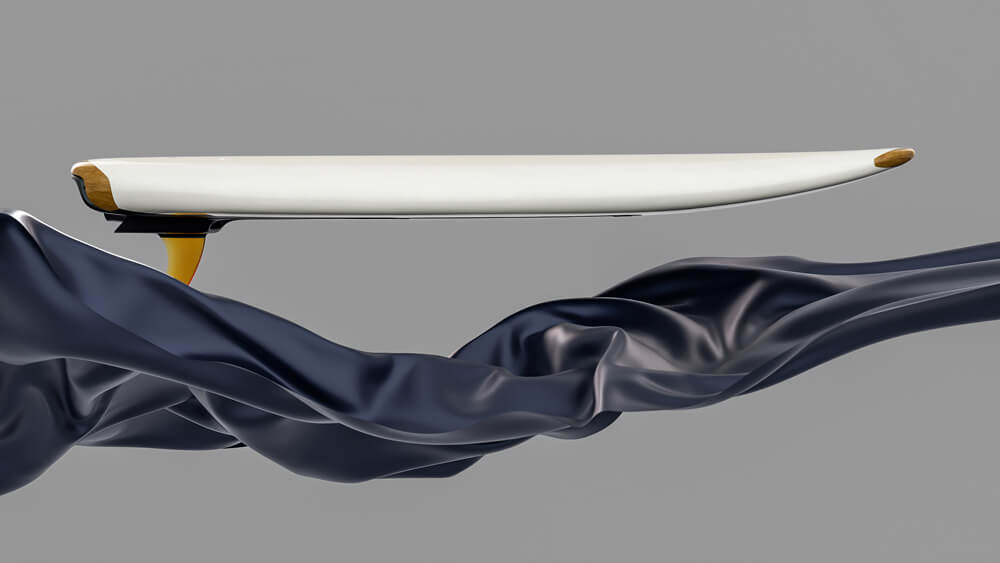
The LIND Canvas clearly positions itself within the luxury segment of the market. What is your perspective on creating products for this discerning audience, and how do you envision your approach to market expansion evolving in the future?
“Our early customers are very much a discerning audience. We refer to LIND as a premium product and are pleased to also service customers with luxury custom-built boards such as wood boards and art boards created in collaboration with contemporary artists.”
Your background includes significant value creation at Tretton37, where you helped grow valuation from $5 million to $30 million. How does this experience translate to LIND’s growth strategy and market positioning?
“All my experiences help inform my work with LIND. In my opinion, as you grow an organization, you tend to pass certain thresholds: once you reach 20 employees, you can no longer work as one big group; by 50 employees, information suddenly does not flow as freely, meaning that active communication and thoughtful organization is really needed. My experiences with Tretton37, among other companies, have allowed me to really understand this process.”
The modular, tool-less design of your boards seems to prioritise user experience. What insights from consumer behaviour or market research led to this focus on ease of assembly and transport?
“Much of it was the identified hardships associated with previous products in the same category, including the early generation jet boards and electric hydrofoil boards. We knew that there was huge potential from improvement within the sector, that was an important initial design consideration for us.”
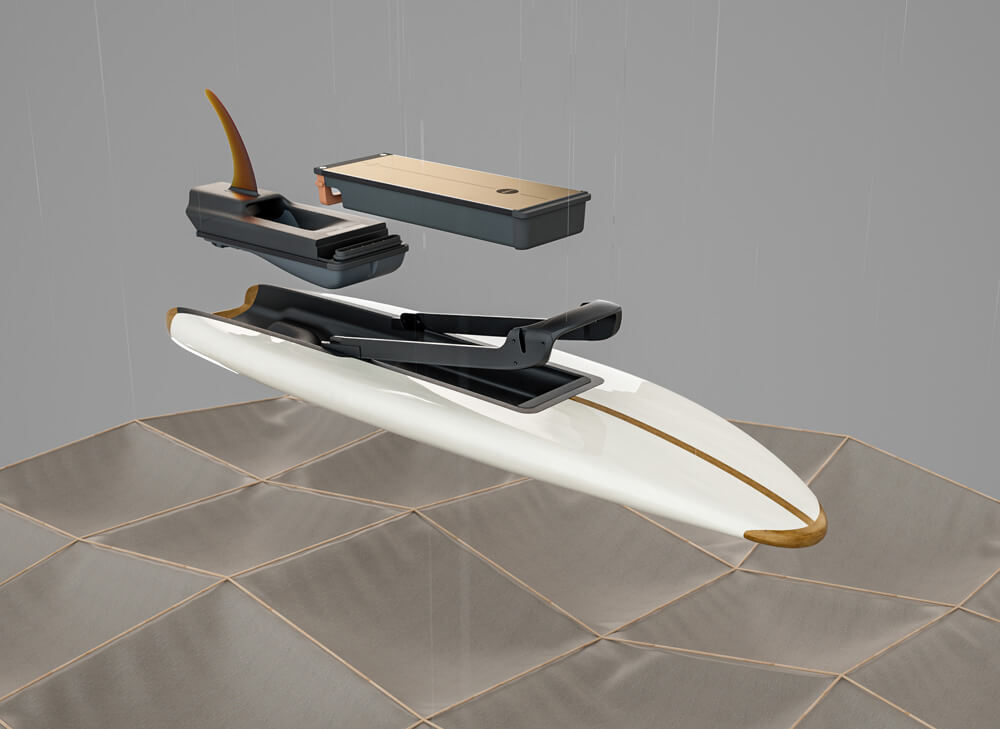
Safety innovations feature prominently in your design philosophy, from temperature sensors to multiple levels of electrical fusing. How has your approach to safety influenced both the engineering process and customer trust in the product?
“The electrical safety, including multiple layers of safeguards, is necessary for a product this powerful and was a priority for our team. Throughout the past two years, our test pilots have been continuously test riding the boards to detect, develop, and improve everything from electronic design to safety and riding experience.”
Looking ahead, how do you see LIND evolving beyond the Canvas? Are there plans to expand into different water sports or applications for your drivetrain technology?
“For now, we’re laser focused on successfully launching the Canvas board!”
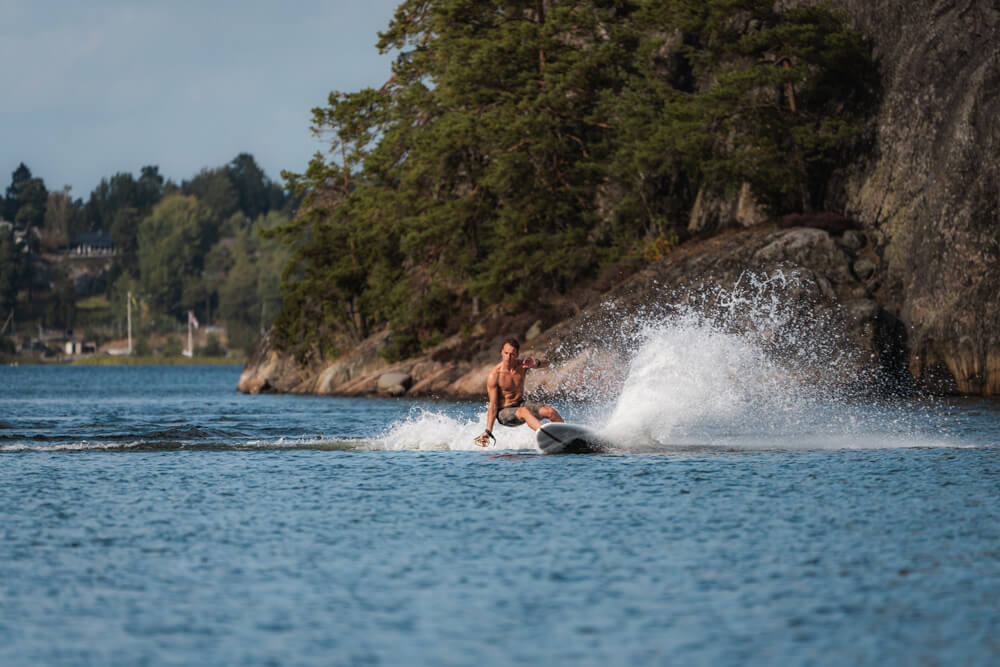
Your career has embodied a balance between technical expertise and artistic vision. How do you nurture this creative-technical synergy within the LIND team, and what leadership principles do you apply to maintain innovation momentum?
“Technical expertise and artistic vision nurture each other well. The starting point for LIND was an artistic vision, accompanied by an awareness of improvement potential within the market. I believe the most important leadership principle here is to dare to find the world’s best experts – even if they are dispersed over multiple continents- and then combine a clear vision and framework.”


